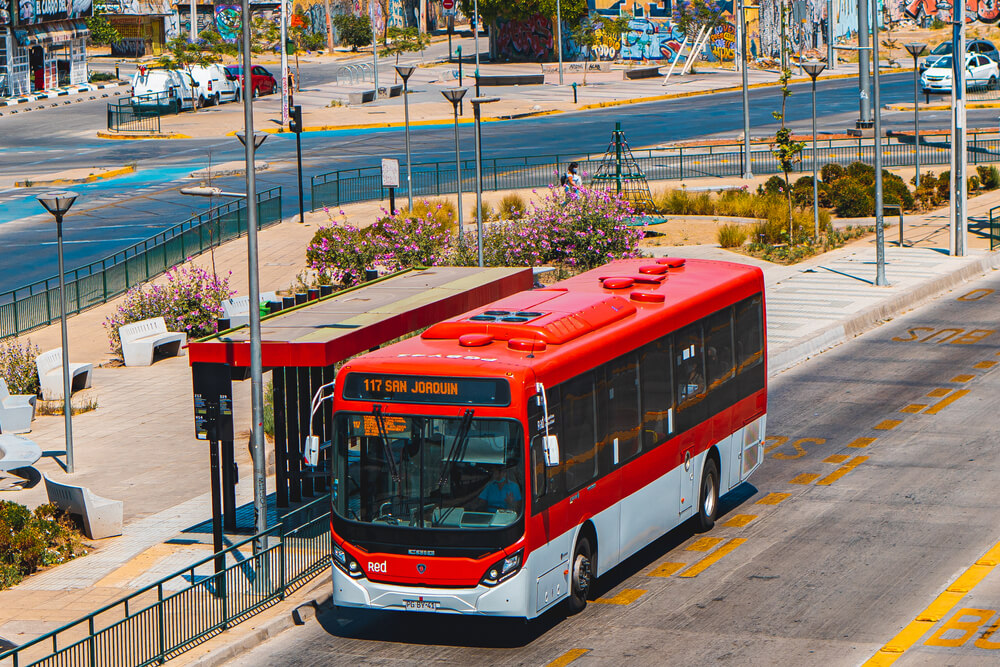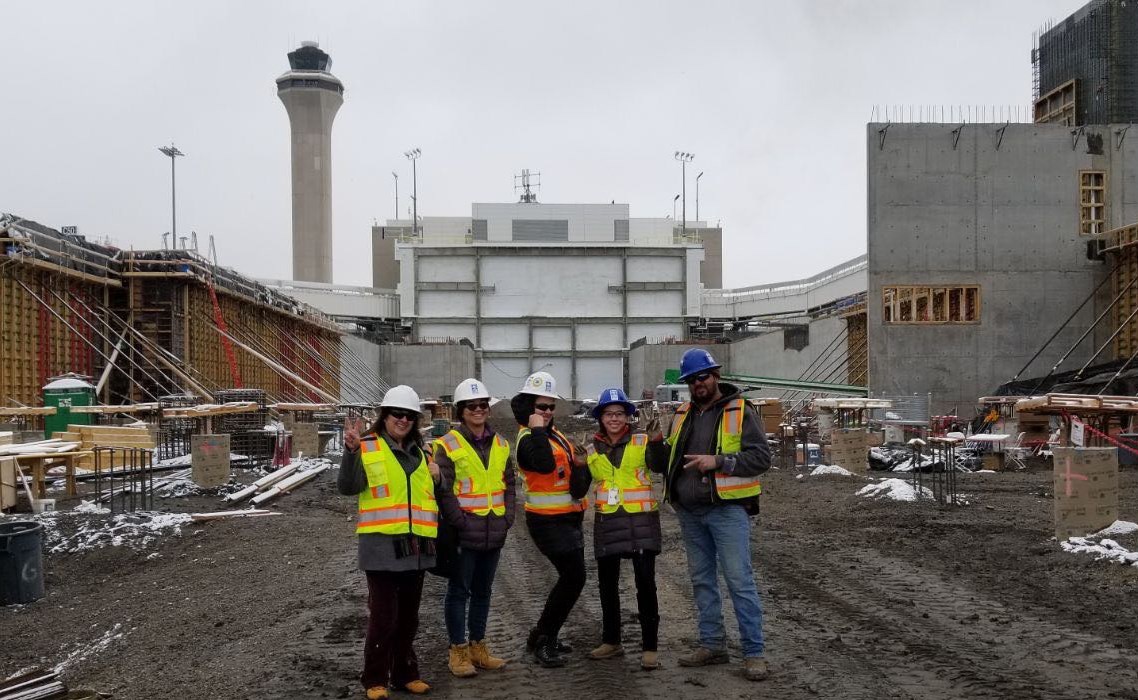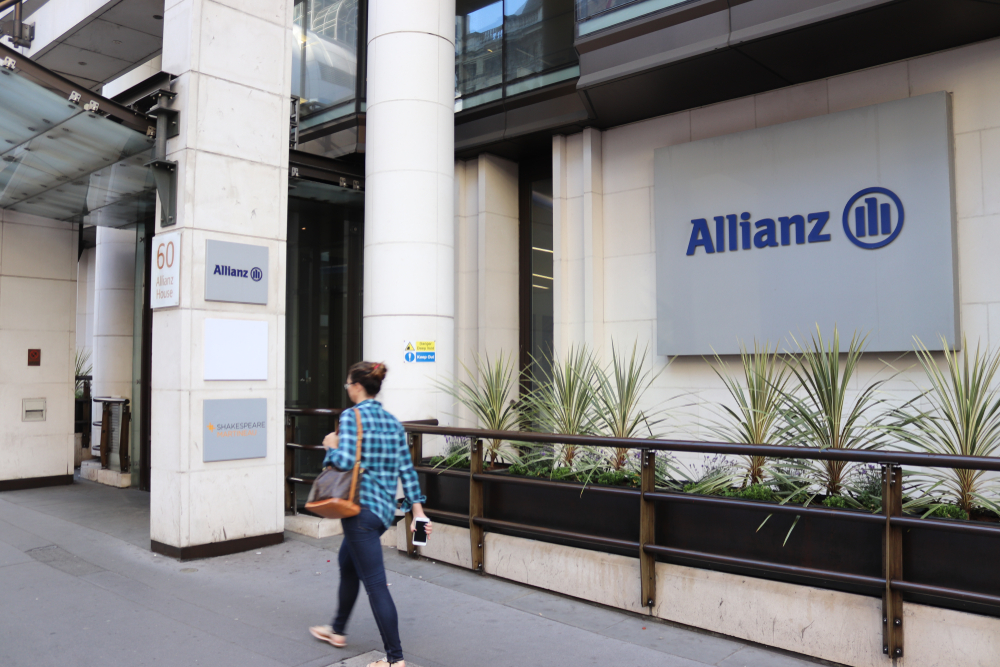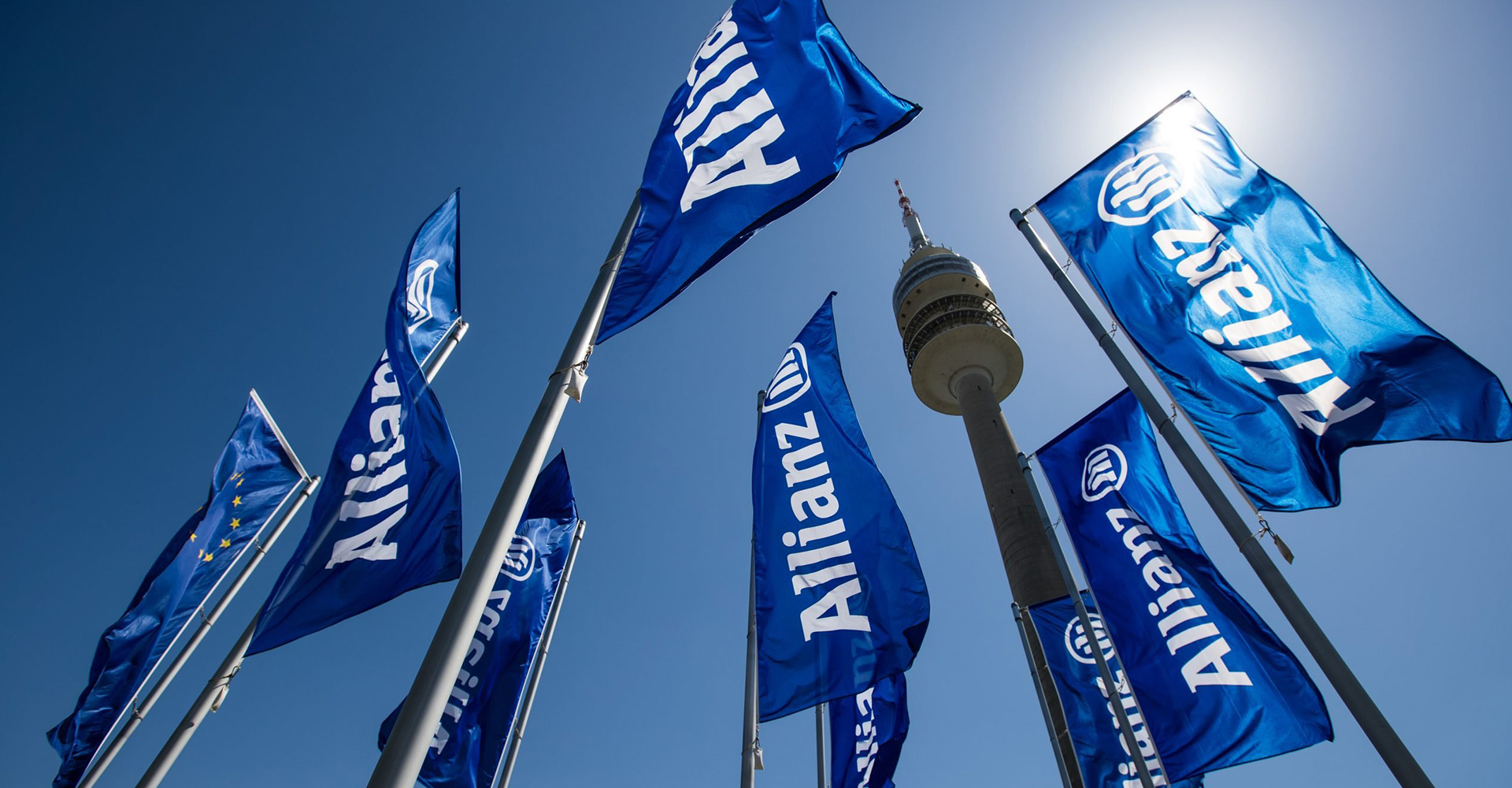ImpactAlpha, June 3 – Fleets of zero-emission electric buses operating in Latin America were once a distant dream, especially for city dwellers commuting to work on congested highways through thick clouds of air pollution. But the transition of Latin America’s public transportation systems to e-mobility is accelerating. That’s a welcome shift for commuters. It’s also creating opportunities for investors, manufacturers, operators, and utility companies collaborating under new business models.
Public policy, decreasing technology costs and business model innovation have unlocked a phase of rapid growth for electric buses across Latin America. Investors are starting to deploy capital into the sector, but more work is needed to ensure this market growth continues and drives both financial and social returns.
Market drivers
More than 10 transactions involving approximately 2,000 e-buses have been completed across Santiago, Bogota, Medellin, Mexico City and other cities since March. Compare that to two years ago, when the only example of a commercial-scale e-bus transaction in Latin America happened in Santiago.
Bogota in particular has become a leader in the e-mobility space, with a contracted fleet of 1,485 e-buses, 351 of which are already operating. Ten potential transactions in the pipeline could involve an additional 8,000 e-buses across the region.
The acceleration is being driven by technological and political tailwinds. Technologically, the local supply of e-buses has expanded, including popular 8-meter and 12-meter sizes, and average battery prices have decreased 53 percent in the past five years. Companies like BYD, Yutong, and others now have sales and maintenance capacity in Latin American cities.
Politically, the 10 largest cities in Latin America have made or acted on commitments to transition to e-buses. Coordination is increasing across government officials, manufacturers, financiers, and operators as well, thanks to the work of the Zero Emissions Bus Rapid Deployment Acceleration, or ZEBRA, the Partnership for Green Growth and Global Goals, or P4G, and other partnership initiatives.
Most notably, the development of new business models has made e-bus procurement possible for resource-limited city governments.
Business model innovation
E-bus deployment under new business models offers a strong business case for investors. New business models are using two key levers to increase the financial viability of e-buses:
- Adjusting the sources and terms of financing to better match the cash flows of an e-bus, which requires a higher upfront investment but lower operational cost over time.
- Separating and transitioning asset ownership to new players, such as capital funds and electric utility companies entering the market. By purchasing e-bus assets and leasing them to operators, these new players share costs and risk while leveraging their stronger financial position relative to traditional operators.
Using these levers, cities are structuring contracts with a target internal rate of return, or IRR, for investors of 9-18%, which is consistent with existing tariffs and subsidies and the projects’ level of risk—meaning no financial impact for passengers.
The result: investor interest in financing electric bus projects in Latin America is growing. In December 2020, 17 vehicle manufacturers and investors announced their commitment to bringing new products and financing e-bus transactions through the ZEBRA partnership. The investors include a mix of development finance institutions (BNDES, the Brazilian Development Bank), energy and utility companies (Enel X, EDP Brasil), transportation companies (Ascendal), and investment funds (AMP Capital, ARC Global Fund, Ashmore Management Company, John Laing, and NEoT).
Each type of investor has a distinct role to play. Development finance institutions, or DFIs, can leverage their flexibility to directly finance operators via lines of credit, as they have with Findeter in Colombia and BNDES in Brazil. They can also directly finance third-party asset owners and/or to provide credit guarantees to mitigate project risk.
Energy companies, such as Enel X, Engie and CELSIA, are primarily interested in more advanced markets, like Colombia and Chile, and they can play a leading role in developing e-bus charging infrastructure.
Overall, this rapidly expanding landscape shows no shortage of capital to move well-structured projects forward.
Enabling environment
A few enablers could go a long way toward translating investor interest into concrete investments. Given the nascency of the market, investors face challenges such as a lack of bankable projects at the city level—arguably the largest challenge—lack of standardized project models, and limited e-mobility knowledge or technical capacity across investors, operators, and public transport authorities, which might translate into public resistance.
Overcoming these barriers requires three primary efforts:
Project preparation to build a pipeline of well-structured, bankable projects that meet investor needs. This requires defining the distribution of responsibilities and designing payment structures that generate guaranteed cash flows, among other considerations. Along with financial expertise, close collaboration, alignment with, and support of government will be critical—as many of the key conditions for investable projects depend on the institutional and regulatory framework in each city. This support to city governments is particularly critical in light of recent political challenges to e-buses in Santiago and Bogota, which argue that e-buses will bring additional costs.
Engage investors, secure commitments, and connect them to concrete investment opportunities. Promoting inter-city knowledge is critical, given that many investors are still learning about e-bus opportunities. ZEBRA, P4G and other initiatives can play a critical role by bringing in new investors, educating investors on e-bus technology, demonstrating viability, and advising on how to de-risk investments through guarantee mechanisms, contract terms, and extra warranties).
It is also critical to support city governments working to scale up e-buses— especially in light of recent political challenges to e-buses in Santiago and Bogota on the basis of additional costs.
Explore how to standardize investment structures across operators and cities where possible. Investors are reporting that they aren’t yet seeing scalable e-bus financing models. While no “turnkey” solution for e-buses can as yet be easily implemented for different numbers of buses across cities—such as exists in the diesel bus market—there are opportunities for pursuing more scalable, replicable models at the national or regional level. One way is by creating dedicated financing windows that can flexibly take on projects that meet certain criteria.
Launching analytical work to collect in-depth learnings from past deployments and to standardize a few cases of scalable financing models would be valuable. Depending on findings, partners could take an active role in helping design and structure high-potential financing vehicles.
The e-mobility financial opportunity and climate imperative is not limited to public transport. The models and lessons learned can support transition to e-mobility in other vehicle markets as well, such as distribution fleets and taxis. Mexican multinational company Grupo Bimbo has 4,000 electric distribution vehicles in its fleet. E-commerce company 99 Minutos has electrified part of its fleet in partnership with ENGIE. Such examples demonstrate the viability for businesses.
The takeaway for investors is clear: e-mobility is accelerating in Latin America. As e-bus and other vehicle deployments continue, so too does the investment opportunity to achieve impact at scale.
Fabiola Salmán leads Dalberg’s Latin America practice. Sylvia Warren is an associate partner, focusing on health and climate.











